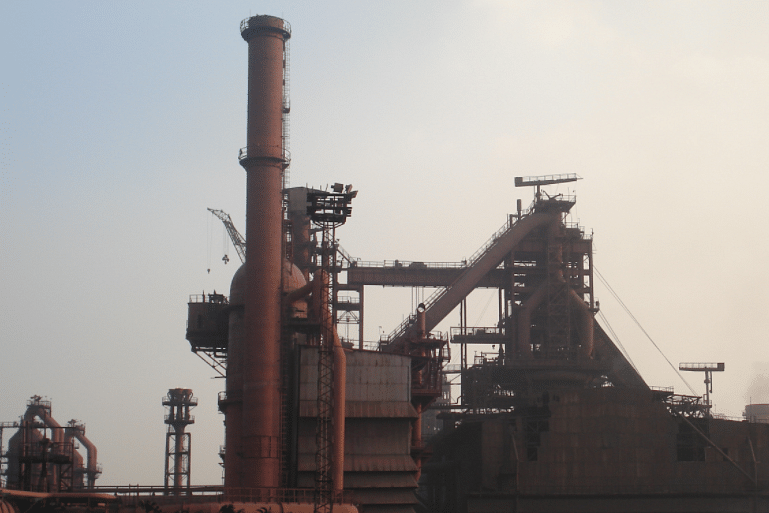With its financial health still far from impressive, the steel ministry has put the PSU on a tight leash
The countdown has begun for the state-owned Steel Authority of India Limited (SAIL) with the Modi government setting strict deadlines for it to deliver and turn the corner by the year-end.
SAIL, one of the two steel PSUs, has been in the red for sometime now. Its Rs 60,000-crore investment, which has fetched nearly no returns since 2009-10, has drawn the ire of the steel ministry.
Worse, the steel major has not followed certain basic protocols. Complaints about using coking coal without quality segregation and making fundamental mistakes in terms of blast furnace designs have not earned it any favour with the Central government.
The steel behemoth posted a loss of Rs 2,833 crore for the year ended 31 March, 2017. Sources told ThePrint that stringent key result areas (KRAs) have been identified for the SAIL top brass and the target is to deliver by the year-end.
With its financial health still far from impressive, the steel ministry has put the PSU on a tight leash. It is learnt that a high-level panel monitoring SAIL’s performance has directed the company to ensure that it at least breaks even in this financial cycle.
Industry insiders say that the steel sector has witnessed stability globally and analysts expect top companies’ earnings to rise over the next year riding on rising domestic demand.
With 85,000 employees at SAIL, the committee is also looking at ways to cut the flab at the PSU and is hoping that superannuation over the next few years may help.
Aruna Sharma, chairperson of the panel and Secretary, Ministry of Steel, confirmed to ThePrint that SAIL has been asked to put its basics in order immediately.
“Yes, the committee is chaired by me and we put the experts there. We got the feedback from them and we are asking them to tighten their belts. It has to ensure that it gets basic SOPs right that the returns on investments are as fast as possible,” Sharma said.
“As far as their many units are concerned, we have asked them to take a call on as to which units they want to continue or hive off. The SAIL board has already taken a call on that and they are moving on it,” he added.
Sharma said her ministry was also attempting to build a consensus towards bulk environmental clearances ahead of 2020 when a number of mining leases open up for auction.
“We would like that first of all, forest areas be mapped and once that is done, they give all forest and environment clearances before the auction. Today, once you have an auction, whoever gets the bid has to do the running around to get the environmental and forest clearance. This process takes two to four years. The idea of bulk clearances is being explored by the environment ministry ahead of 2020 when there will be major auctions. If a streamlined process is brought in before that, it could go a long way,” Sharma said.
The steel secretary also observed that while the POSCO story may be over in Odisha, the same was not the case for other parts of India—the south Korean steel major does have a presence in Maharashtra’s Raigad district.
She pointed out that it is essential create an enabling ecosystem for a greenfield steel project, complete with backend support and iron ore linkages. Separate auctions for end users and mercantile use could help create greater trust in the system. This is also a suggestion made by the steel ministry towards amending the Mines and Minerals Act. The ministry has suggested changes to the definition of medium and small enterprises so that it is more sector-specific.
